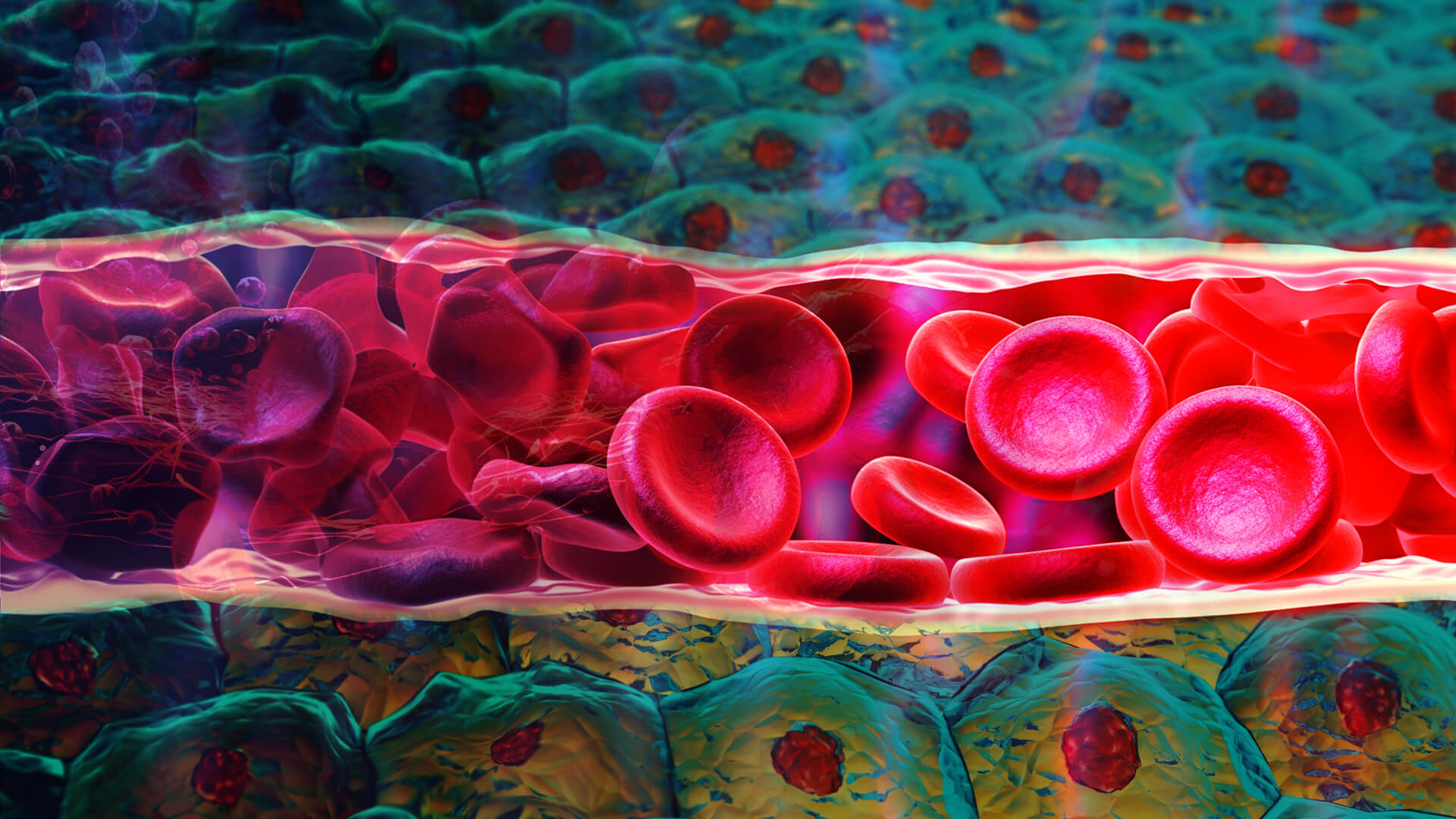Legs of Iron, Feet of Clay
Aging muscles lose strength above and beyond what would be expected from the mere loss of muscle mass. Accordingly, many drugs have been shown to stimulate muscle growth in older people, but the increased muscle mass consistently fails to translate into increased strength and physical function. To let people live independent lives for longer, we need damage-repair longevity therapeutics to repair the cellular and molecular damage that makes aging muscle dysfunctional.






